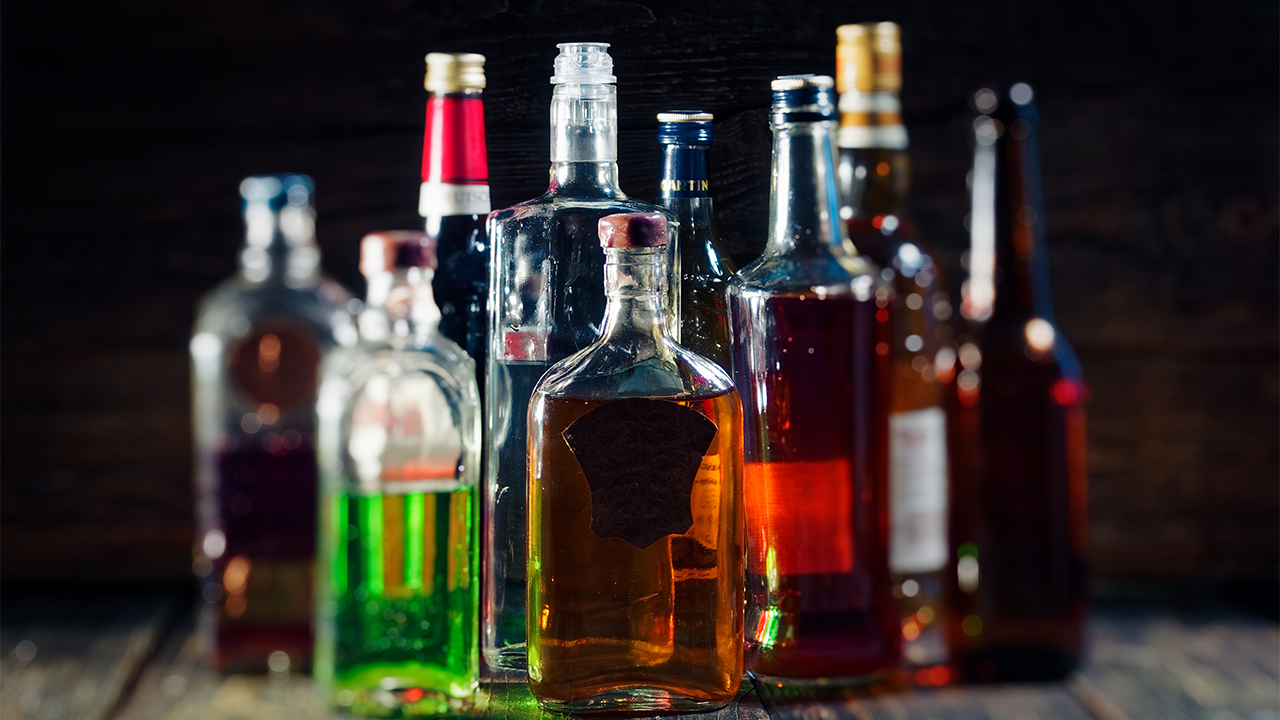COVID-19 lockdowns spur shift to high-end liquor
US sales of spirits such as tequila and whiskey have grown at the fastest pace in decades as more Americans drink at home
Americans are splashing out on pricier whiskey, tequila and other spirits during the pandemic, helping distillers post their strongest sales in four decades despite widespread bar closures.
People who can’t spend on concerts, travel and watching live sports are splurging instead on high-end spirits to drink at home, say alcohol executives. That drove U.S. distillers’ revenue up 7.7% to $31.2 billion last year, according to the Distilled Spirits Council—or DISCUS—a trade body. It said the figures marked the fastest growth and highest sales for at least 40 years.
“Consumers’ behavior has shifted as a result, in part, of certain things they’re unable to do or not do to the same degree,” said Kathryn Mikells, finance chief of Johnnie Walker maker Diageo PLC. “They’re spending more money on food and beverage. They’re interested in treating themselves.”
Spirits costing above $40 per 750 milliliters accounted for 40% of the U.S. spirits industry’s growth last year, compared with 34% in 2019, according to DISCUS. High-end liquors are among the most profitable spirits for alcohol makers.
The trend toward premium products is reflected across the wider consumer-goods industry as many Americans use their disposable income differently. Pricier household cleaners, candles, spaghetti and paper towels have sold strongly, according to research firm IRI. Procter & Gamble Co. recently said its quarterly sales were helped by pricey dish detergent and a $300 electric toothbrush. Retailers like Neiman Marcus Group Inc., Saks Fifth Avenue and Macy’s Inc. have flagged a similar jump in spending on things like high-end handbags and jewelry.
Liquor giant Diageo on Thursday reported a big jump in U.S. spirit sales for the second half of 2020, driven by higher-end booze. Its tequila brands Don Julio and George Clooney-founded Casamigos—both of which sell for about $50 a 750 milliliter bottle—grew North America sales by 55% and 137%, respectively.
Tequila has benefited from the shift to at-home drinking as Americans increasingly drink the spirit in more ways, including on the rocks, with soda and in cocktails beyond margaritas, Ms. Mikells said.
Unlike in Europe and other parts of the world, Americans have long drunk more at home. Even before the pandemic, four out of every five alcoholic drinks in the U.S. were bought in liquor stores, supermarkets and other “off premise” channels, rather than in bars and restaurants. That trend has accelerated.
“Things that were really firing before Covid have picked up really strongly, and tequila has benefited from that,” Ms. Mikells said.
Spirits volumes in nine-liter cases—a standard industry measure—climbed 5.3% last year, up from growth of 3.3% in 2019, according to DISCUS. Total beverage alcohol sales by volume grew 3%, indicating Americans bought more booze overall last year.
American whiskey sales rose 8.2%, cognac grew 21% and tequila and mezcal combined jumped 17%, according to the DISCUS figures, which reflect overall industry numbers.
Sales of ready-to-drink cocktails surged 39%, which executives said was driven by at-home entertaining, new product launches and a desire for convenience.
However, a continuing dispute with Europe that has seen the U.S. slap a 25% tariff on imports of single malt scotch took the shine off the spirit, with revenue dropping 2.1%.
Through the pandemic, the spirits industry accelerated its previous share gains over beer and wine. While sales of sparkling wines have done well, still wine—a popular buy at restaurants—has declined, industry tracker IWSR said. Beer also has suffered partly because of a shortage of aluminum cans, an interruption to brewing in Mexico and out-of-stock issues in addition to the closure of bars, it added.
“The gap has gotten wider in spirits’ favor,” Lawson Whiting, chief executive of Jack Daniels owner Brown-Forman Corp., said in December.
Like Diageo, Brown-Forman said it has seen pricier products under its Woodford Reserve and Old Forester bourbon brands grow strongly.
“This has been unlike any other recession that we’ve experienced,” Mr. Whiting said. “In the U.S., ultra- and superpremium spirits are gaining share at faster rates than in the pre-Covid time periods.”
Consumers stuck at home are also buoying e-commerce alcohol sales. Online alcohol retailer Drizly in January said its annual sales grew 350% from a year earlier.
Diageo, which lists a larger percentage of pricey brands online than in stores, is marketing its spirits online as indulgent treats and gifts. The company has invested in direct-to-consumer sales through its sites for Haig Club and Malts.com and said it has also increased the availability and visibility of its brands for sale online.
Distillers have benefited from law changes in many states allowing restaurants and bars to, for the first time, offer cocktails for home delivery or click-and-collect. Ohio and Iowa last year both moved to make their cocktails-to-go measures permanent. DISCUS, which has joined forces with restaurant trade associations, is lobbying for others to do the same.
“We believe if some of these are made permanent, they can really be part of the economic recovery to help restaurants, bars, taverns and craft distilleries,” said DISCUS CEO Chris Swonger.
Whether the pricey booze trend outlasts the pandemic remains to be seen. As venues reopen, executives expect people to socialize less at home and shift their disposable income. The large volume of spirits currently sitting in pantries could dampen sales in the months to come.
Still, Pernod Ricard SA’s North America head Ann Mukherjee says the Chivas Regal whiskey owner is betting that interest in making high-end cocktails or sipping a fine cognac at the end of a night will stick.
“Consumer palates have opened up, and many have figured out how to make cocktails at home,” she said, pointing to recent strong demand for Pernod’s coffee liqueur, Kahlua, as a cocktail ingredient. “The bar for bars has become a lot higher.”




















